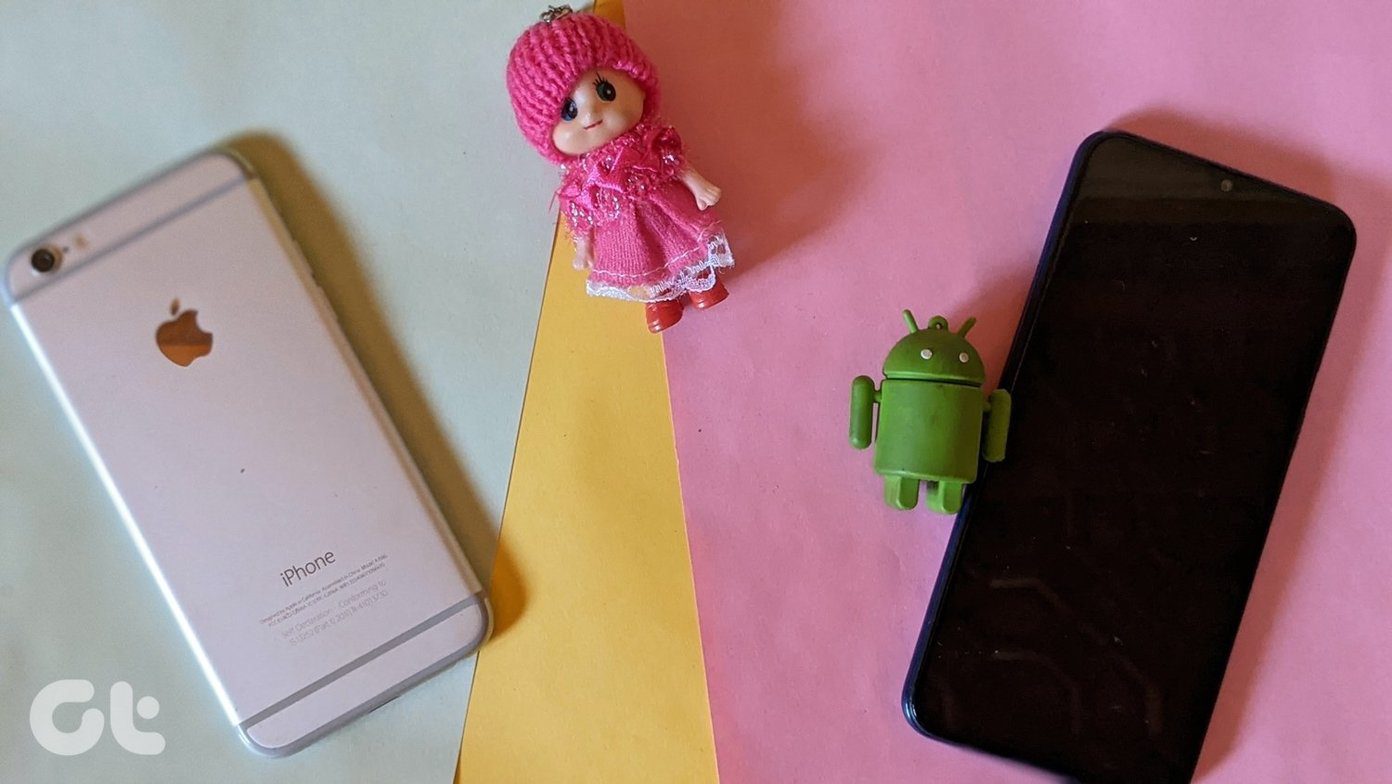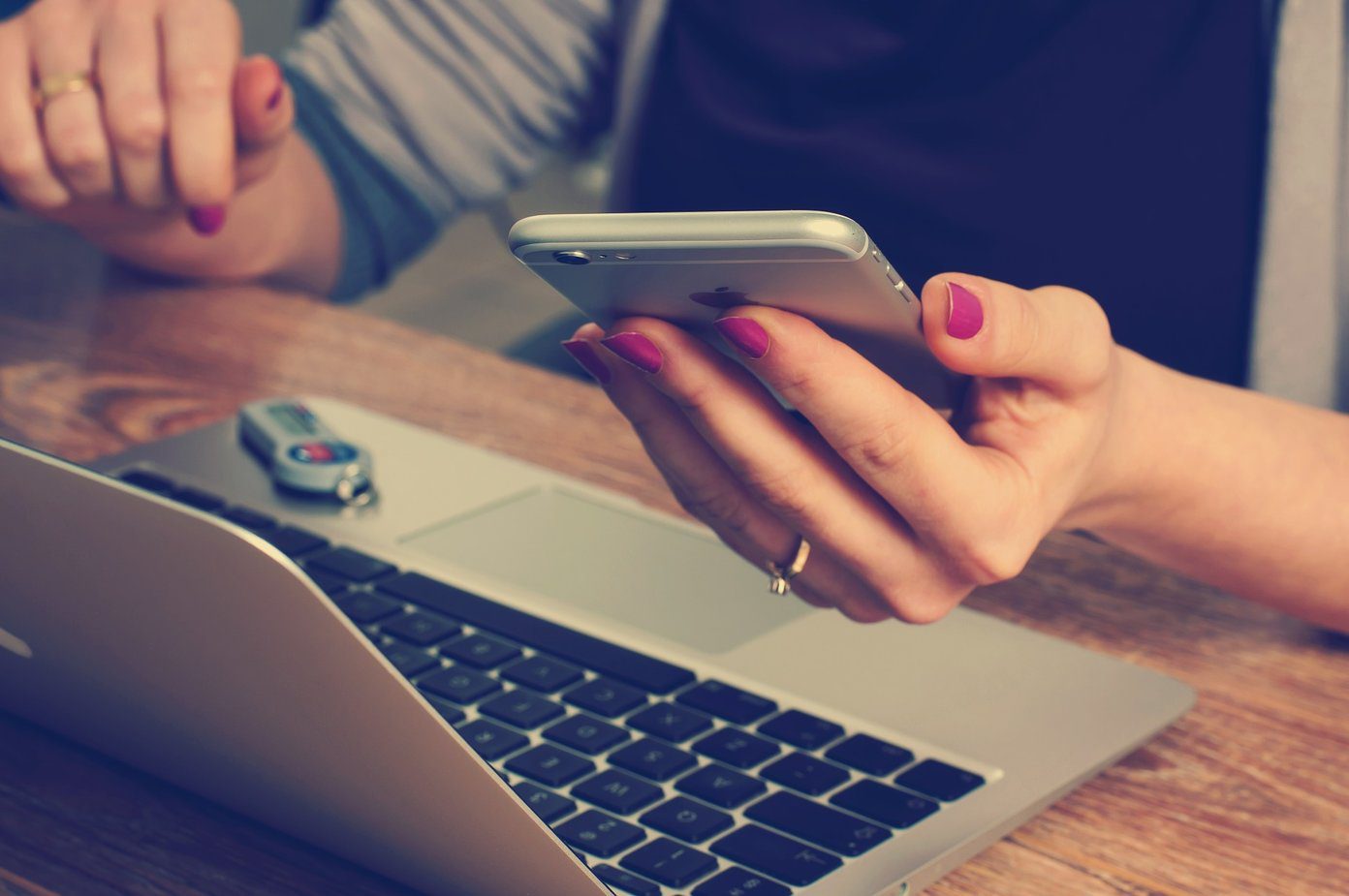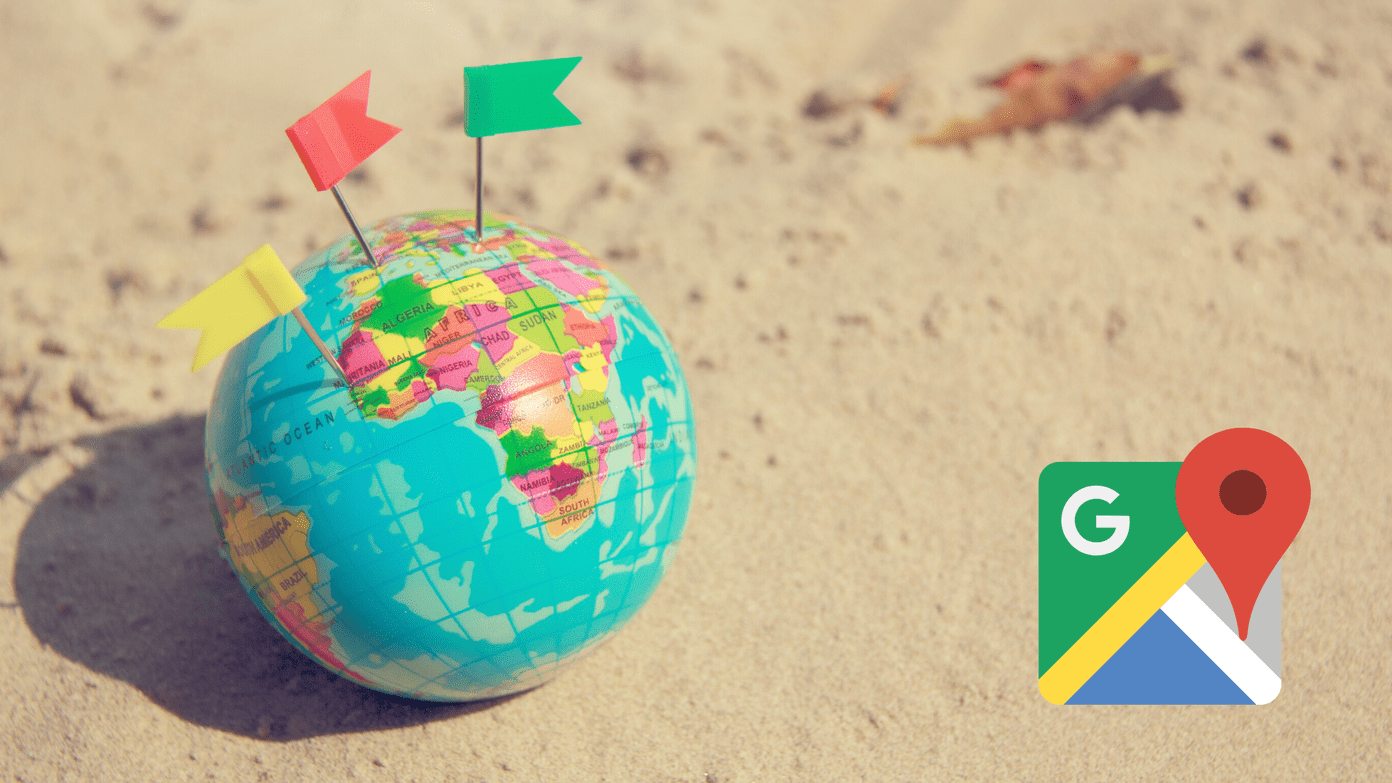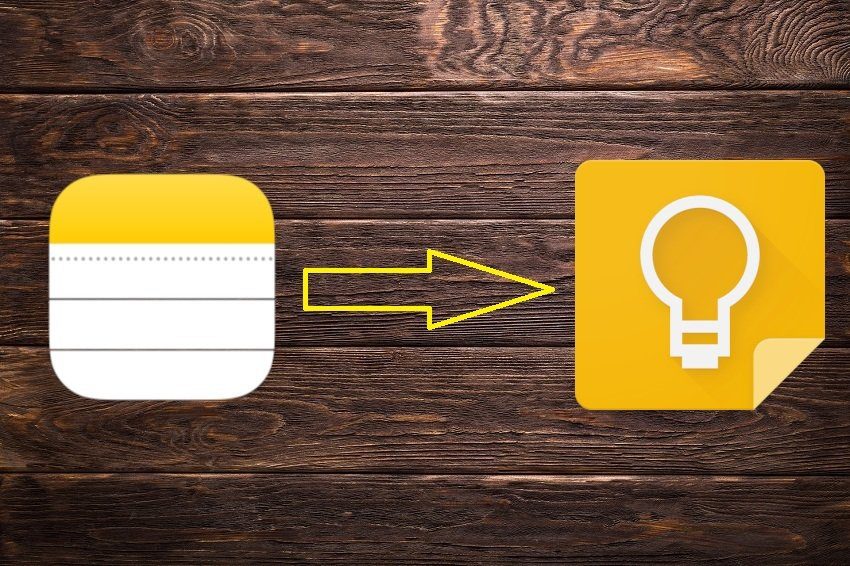Yeah, I used Facebook like cloud storage, and in the process, I managed to spam my friends’ timeline pretty well. Fast forward a couple of years, and Facebook became almost synonymous with scandals and data privacy issues. Be it the Cambridge Analytica data scandal or the more recent password breaches, and all these have left a scar on Facebook’s image. Plus, the fact that Facebook knows more about me than my husband does, and clearly, it was not a comforting fact. And hence it was only natural that I (like millions of others) was looking for a way out. Though the process is rather easy, the thoughts of all those photos and videos have stopped me from taking any action. Why? Well, you see, I didn’t back up of all those Facebook photos and videos. Upon scouring the internet for a solution, I ultimately came upon a brilliant workaround last month. In 2018, Facebook introduced the Download Your Information link feature. This feature gave options to users like me and you, finer control over our social lives. And luckily for us, this link lets us download all those photos and videos. So, let’s see how to transfer Facebook photos to Google Photos.
How to Download Facebook Photos
That is the first leg of the process. You can either do it on your PC or your mobile. However, doing it on your PC will be easier. Step 1: Open Facebook and click on the little arrow icon at the top-right corner and hit the Settings icon. Step 2: Click on Your Facebook Information link on the left panel. Once it opens, click on View beside the Download Your Information option. Step 3: This will open all Download Your Information page, from where you can download a copy of your old status, shared posts, comments, and whatnot. To download your photos, select Photos and Videos. Step 4: Next, comes the date range. While in my case, I went with All of my Data, you can go for a specific date range as well. Step 5: At the same time, select the download format. HTML is a good option for the lot of us as the files are easy to understand. Step 6: As far as the quality is concerned, it goes without a shred of doubt that the Media Quality should be High. However, do not have high hopes for the photos since the photos are compressed to some degrees. Step 7: Once you have chosen everything, click on the Create File button. Depending on the data you have chosen to download, this can take somewhere between a few minutes to a few hours. In my case, it took around half an hour for a 257 MB file to be ready. The good news is that you do not have to keep checking and rechecking the download options. Once the file is ready, Facebook automatically notifies you about the same. Do keep in mind that the download is available for only a few days. If you fail to download it within that period, you would have to redo the process all over again. Step 8: Once the file is ready, click on Download and re-enter your Facebook password, and that’s it. The first leg of the download process is complete. All your photos and videos will be downloaded to a zipped folder. The good news is that all the content are arranged in an orderly manner as per the album names. Plus, there’s a file named Index that will show you a list of all your Facebook photos.
How to Transfer Photos to Google Photos
Now that the photos have been downloaded as per their album name, it’s time to upload them to Google Photos. If you haven’t downloaded the Backup and Sync app, you can do so from the link below. Download Backup and Sync Step 1: Once it’s downloaded and installed, log in with your Google account. Having done that, open the System Tray and right-click on the Backup and Sync icon. Next, select Preferences to open the main window. Step 2: Now, select the folder which you want to backup. To do so, click on Choose Folder. At the same time, select the photo quality for upload. Once done, hit the Ok button to start the download. The entire process will run in the background and won’t bother you in your work. You can see the progress via the System Tray. That is not necessarily a step in the process. However, if you are concerned about the impact on startup, you may want to uncheck the system startup settings in Settings. Depending on the size of the photos folder, the upload will take some processing time.
Are All the Photos Downloaded
If you open the Photos tab of your Facebook account, the chances are that you will see a sea of photos staring at you. From timeline photos and tagged photos to albums, it has plenty. So, does a click on Download Your Information button get you all these photos? Sadly, no. Facebook lets you download only those photos that you have exclusively uploaded. That means tagged and shared photos or contributed albums, won’t make it to your downloaded list. The reason being they are not technically yours. The only option left is to ask the person to give you your share of photos if they had uploaded your photos in bulk. Or else, you can go the manual way of downloading the images. Open the photo in question and click on Options > Download. Move these photos to the Backup and Sync folder, and Google Backup and Sync will take care of the rest.
Are There Any Limitations
This method is not without its share of limitations. For one, these photos won’t have any EXIF data. The uploaded date will appear as the date the photo was taken. Secondly, don’t expect to see the top-notch quality in the downloaded photos. They are heavily compressed and downsized. So a picture with an original resolution of 3264 x 2448 was downsized to 1140 x 1072. So, you might want to consider these two issues before doing the transfer. The first issue didn’t concern for me, as I trusted the face recognition capabilities of Google Photos to do its magic (and it did). All I had to do was open Google Photos on my phone, navigate to Albums and tap on People and Pets. Next, I selected the face thumbnail and voila; all the photos with her will be lined up instantly.
Revisit Old Memories
That little exercise was quite apt in conjuring some good old memories. The good thing is that now, you do not have to open Facebook to see them again. All you have to do is open Google Photos, type in your search criteria and Wam! Fresh old memories are loading. Next up: Looking to download your Instagram data as well? Read the following article to find out how. The above article may contain affiliate links which help support Guiding Tech. However, it does not affect our editorial integrity. The content remains unbiased and authentic.























